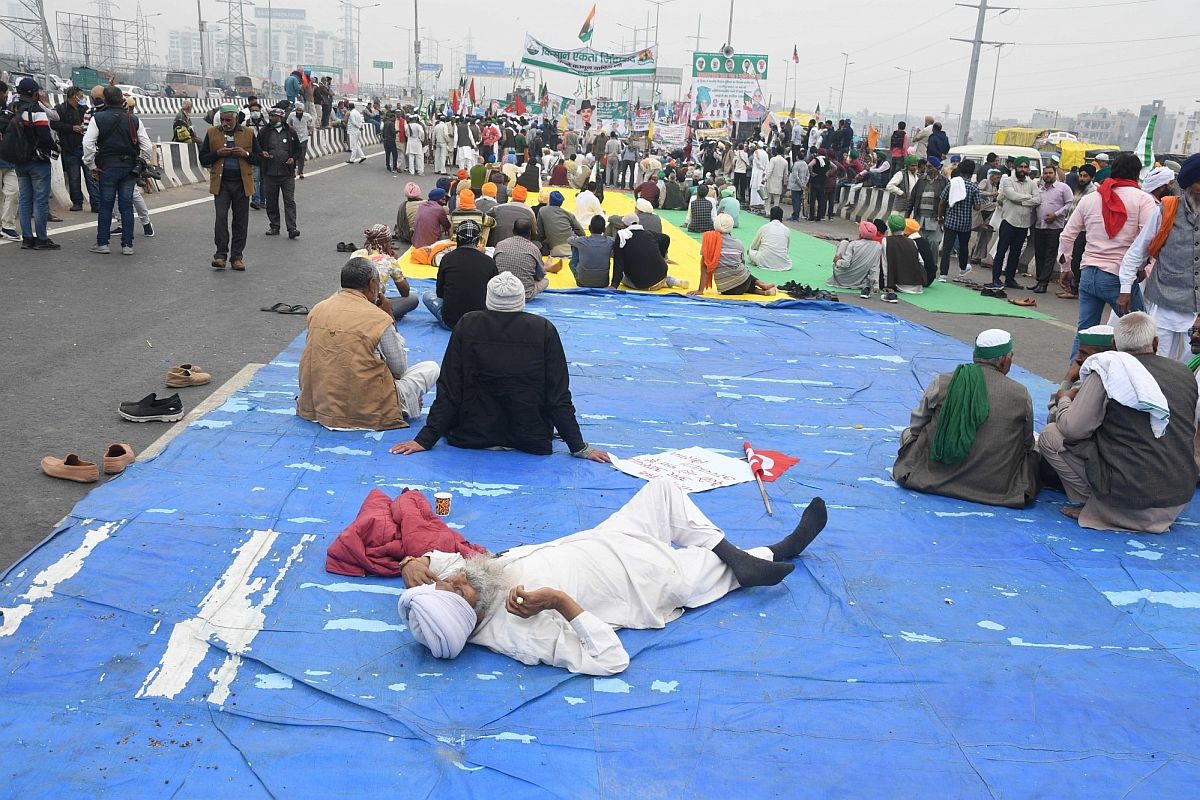SC permits MTP of 29-week pregnancy of minor rape survivor
The top court also set aside the Bombay High Court order declining the plea for the medical termination of her pregnancy.
In this context, Chief Justice SA Bobde hit the nail on the head when he observed last week while hearing a bunch of petitions in the Supreme Court against the disruption of normal life and activity caused by the farmers’ protests which were referred to a vacation bench: “We make it clear that we recognise the fundamental right to protest against a law. There is no question of balancing or curtailing it. But it should not damage anyone’s life or property.”

(Photo: IANS)
The ongoing protests in parts of North India against the Centre’s farm laws have once again turned the spotlight on a longstanding dichotomy of participatory democracy in India.
While it is a truism that one’s rights end where another’s nose begins, it is also unfortunately a given that unless protests cause inconvenience, damage, and even pain to the common or garden variety of citizens, they are not deemed to be effective by those who lead them nor are they taken too seriously by the powers-that-be.
In this context, Chief Justice SA Bobde hit the nail on the head when he observed last week while hearing a bunch of petitions in the Supreme Court against the disruption of normal life and activity caused by the farmers’ protests which were referred to a vacation bench: “We make it clear that we recognise the fundamental right to protest against a law. There is no question of balancing or curtailing it. But it should not damage anyone’s life or property.”
Advertisement
But the devil is in the implementation. Forget whether it is the current farmers’ protests or any other, and whether one is sympathetic to the demands raised or opposed to them. Surely, basic rules can be put in place in keeping with the Chief Justice’s obiter dictum to ensure the rights of both protestors and their non-participant co-citizens are protected.
For starters, every metro, state capital and district headquarters in the country could be asked to clearly earmark defined protest sites within their respective jurisdictions, depending on the size of the protest.
A detailed gazette notification to this effect would be essential. So, and for example only, if the protestors number say 100, the site for their demonstration would be pre-fixed at the Jantar Mantar in Delhi or the Metro Channel in Kolkata.
If, on the other hand, the number of protestors is 100,000 the Ram Lila/Burari Ground in Delhi or Brigade Parade Ground in Kolkata would automatically be the designated location for such a gathering.
This would also go some way in restricting the discretionary powers of police which is nearly always, and with good reason, accused of disallowing protests that their political masters find inconvenient on grounds of apprehension of breach of peace.
A specialised corps in the police force of each state and Union Territory trained to deal exclusively with demonstrations using proportionate force must by law be established. This would on the one hand curtail police excesses while on the other prevent the diversion of police personnel from their primary investigative functions and law and order responsibilities.
Legislation making it mandatory to take punitive action against protestors (including recovery of costs) indulging in violence, arson, and damage to public/private property is vital too. Transportation of participants to predesignated sites following all traffic and road safety rules would squarely be the responsibility of the protest’s leaders.
Perhaps with these measures and more in place, democracy and discipline will not be antithetical in the interim between elections. For, the most authentic form of participatory democracy remains universal adult franchise.
Advertisement